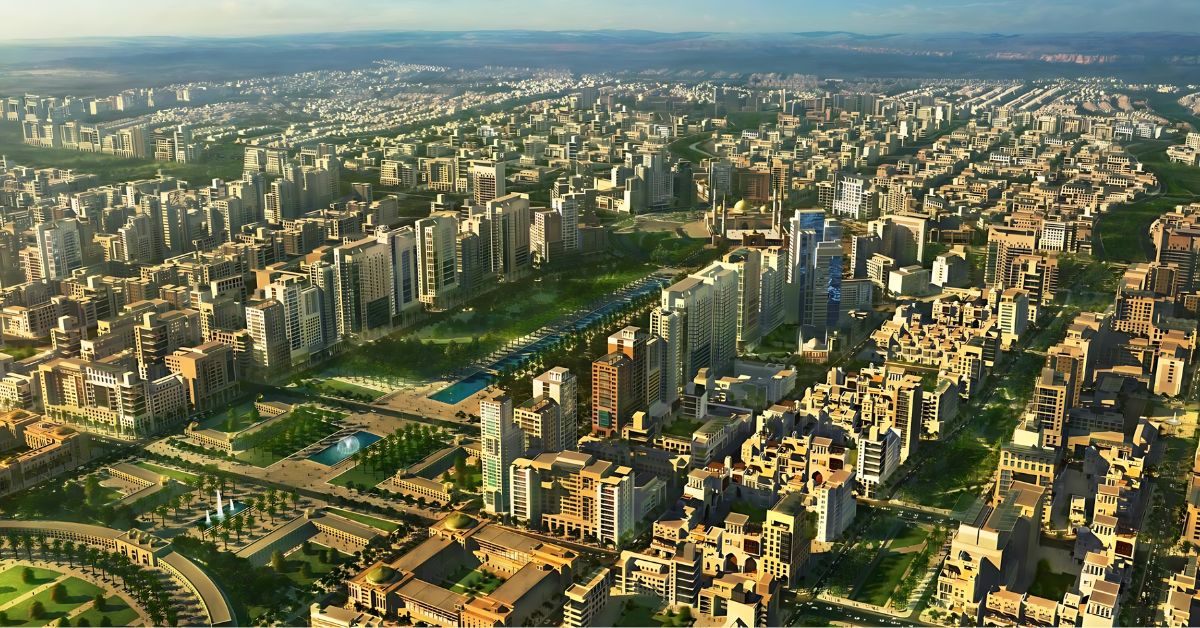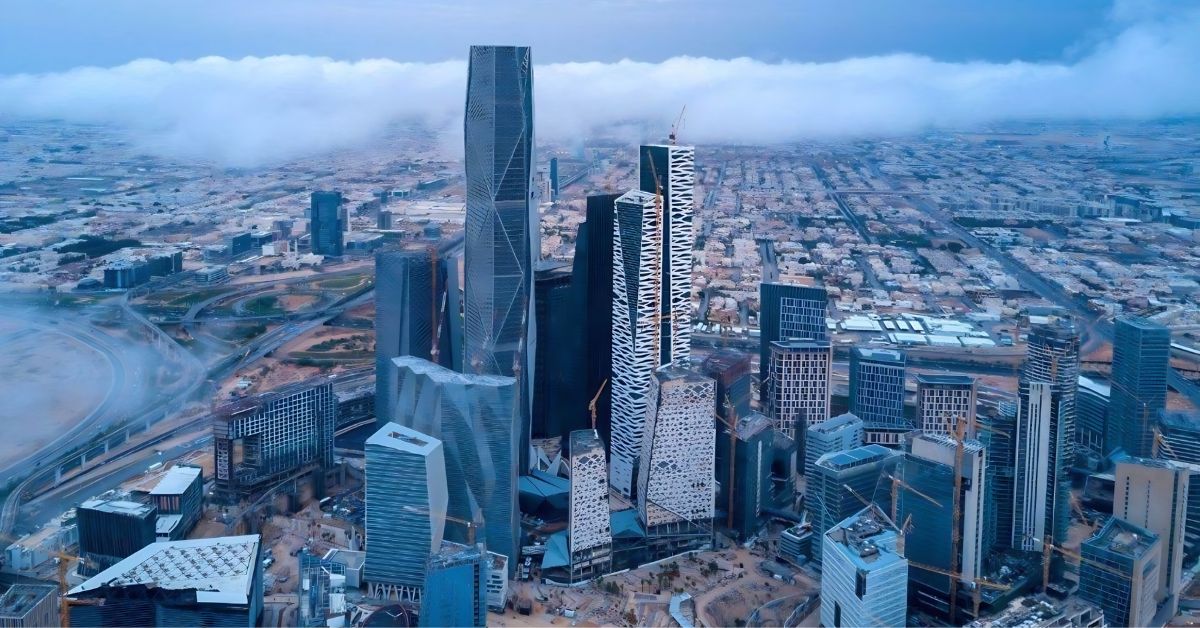RIYADH — The Saudi commercial real estate market is poised for expansion in 2023, driven by several factors. Foremost among these is the government’s initiative to diversify the economy away from oil and gas. Consequently, investments are pouring into non-oil sectors such as tourism, manufacturing, and logistics.
The burgeoning e-commerce sector is another significant driver, necessitating the construction of new warehouses and distribution centers. Additionally, as the population swells, the demand for office, retail, and residential real estate is set to rise.
In 2023, the office market is projected to be the most lucrative segment of the commercial real estate sector. This forecast stems from the government’s focus on attracting foreign investments and the sustained growth of the financial and business services sectors. The retail market is also anticipated to thrive, buoyed by the increasing disposable income of Saudi Arabian consumers and the government’s initiatives to erect new shopping malls and retail centers.
Office segment
With just about six months until the Regional Headquarters Program (RHQ) takes effect, an increasing number of corporations are designating Riyadh as their Middle East headquarters. Over 80 multinational companies have already secured licenses to operate in the Kingdom, reflecting confidence in its rapidly growing G20 economy.
Knight Frank reports that the majority of the demand for office space is concentrated in Riyadh. Many businesses are vying for top-tier offices, with prime locations like King Abdullah Financial District (KAFD) and Laysen Valley being highly sought after.

Due to this escalating demand, office lease rates have surged by 13 percent over the year ending June 2023. The average lease rate for prime office spaces now stands at approximately SAR 1,890 psm, a notable increase from SAR 1,675 psm. The report also indicates that occupancy rates are at a robust 98 percent, a 2 percent increase from the previous year.
This heightened demand is mirrored in the Grade B market segment, where rental rates have climbed by 15 percent over the past year, averaging SAR 975 psm. Although lower-quality office spaces aren’t the top pick, the scarcity of prime office spaces and high lease rates are compelling some businesses to opt for “less-than-perfect” alternatives in Riyadh.
Several larger enterprises are considering build-to-suit options, joining companies like Arabian Oud, Jarir, and Alinma Bank who have chosen this route.
The report predicts that this robust demand will persist and even intensify in the short term. The market is likely to remain in favor of landlords until a significant influx of supply materializes.
Harmen De Jong, Partner of Real Estate Strategy & Consulting at Knight Frank, comments, “With Saudi’s economic diversification in progress and the impending Regional Headquarters Program (RHQ), Riyadh’s office real estate market is in a more favorable position compared to its global peers. While the growth in rental values might stabilize, occupancy rates are expected to dip in the upcoming years due to a substantial influx of office projects and because maintaining utilization levels above 95 percent isn’t sustainable in the long haul.”
Retail market
The luxury and high-end retail sectors in Riyadh have seen a surge in offerings, exemplified by the recent inauguration of the 600,000 sqm Via Riyadh. This new lifestyle retail hub, boasting local and international luxury brands, art stores, upscale restaurants, cafes, and a luxury cinema, has redefined opulence with a local flair.
News in numbers 2 Sectors: The Saudi government is diversifying from oil and gas to tourism and manufacturing. 80+ Companies: Multinationals that have secured licenses in Riyadh. 13%: Increase in office lease rates by June 2023. SAR 1,890 psm: Current average lease rate for prime office spaces, up from SAR 1,675 psm. 98%: Current occupancy rate, a 2% rise from the previous year. 15%: Increase in rental rates in the Grade B market segment. 6 Months: Time left until the Regional Headquarters Program (RHQ) takes effect. 600,000 sqm: Size of the new luxury retail space, Via Riyadh. 17 Million: Number of international tourists last year, projected to reach 100 million by decade's end. 74%: Online shoppers who prefer buying local. 6%: E-commerce's current contribution to the Kingdom's total retail sales. 7.5%: Expected growth in e-commerce contribution by 2025. 3.5 Million sqm: Riyadh's current total retail supply. 23%: Anticipated growth in Riyadh's retail stock by 2025.
The report suggests that this trend towards more upscale retail offerings mirrors the rising demand for luxury items among an increasingly affluent clientele, as incomes rise and disposable income levels expand.
The demand for luxury retail is further bolstered by the anticipated surge in international tourists. Last year, the Kingdom welcomed around 17 million international visitors, a figure projected to soar to 100 million by the decade’s end.
Local businesses are, unsurprisingly, concentrating on enhancing or establishing their online presence. While international retail platforms currently dominate the market, a recent survey by Kearney and Mukatafa revealed that 74 percent of online shoppers prefer buying local and anticipate increasing their purchases from Saudi platforms.
Currently, e-commerce constitutes about 6 percent of the Kingdom’s total retail sales. This figure is projected to grow by an additional 7.5 percent by 2025, as per Euromonitor.
As of now, Riyadh’s total retail supply stands at 3.5 million sqm, with approximately 90,000 sqm added in the year leading up to Q2 2023. Knight Frank forecasts the retail stock to burgeon to 4.4 million sqm by 2025, marking a 23 percent growth. This impending surge in supply will undoubtedly challenge retailers, mall operators, and developers to ensure their offerings remain contemporary, trendy, and experience-centric to effectively compete and thrive amidst the forthcoming wave of new supply.







